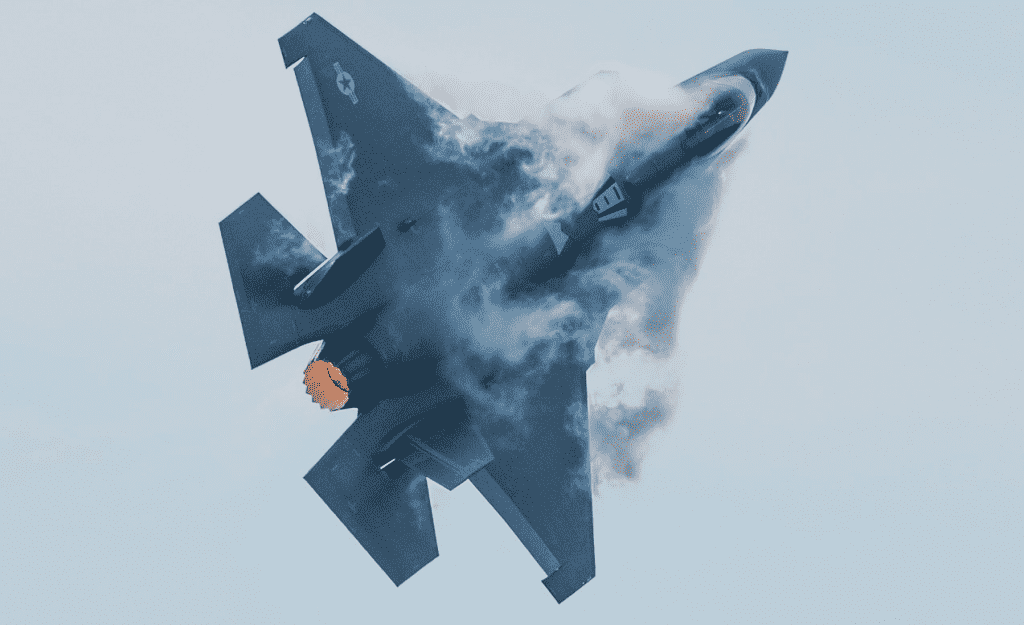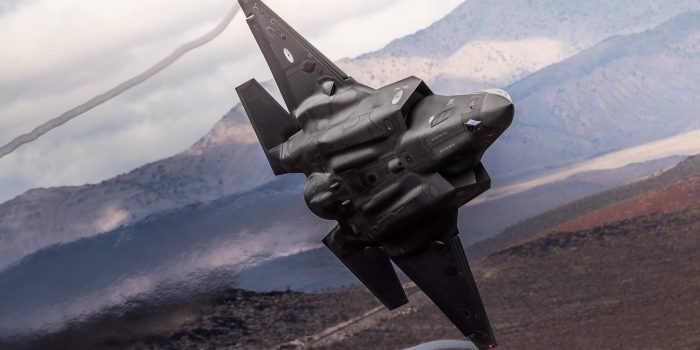The whole concept of aviation revolves around safety, and aviation professionals cannot compromise on taking a slight amount of risk as it would not only pose a great threat to human lives but may also jeopardize equipment worth billions. Conforming to the same set of principles, the U.S. military has recently grounded most of its F-35 Joint Strike Fighter fleets for some defects in their ejection seats. The problem was first pointed out in April, but the authorities grounded the fleet three months later, as reported by the Air Force Times. Initially, the problem was not investigated in detail, but as soon as the authorities examined more insights into the issue, it was discovered that the problem was rooted back in the production line.

As per Steve Roberts, who is a spokesperson for seat manufacturer Martin-Baker, “During a routine maintenance inspection at Hill [Air Force Base, Utah,] in April ’22, an anomaly was discovered with one of the seat cartridges actuated devices in the F-35 seat. This was quickly traced back to a gap in the manufacturing process, which was addressed and changed.” Catridge is the component of the ejection seat that enables the pilot to pull himself out of the cockpit during ejection. The component has been installed in the ejection seat, and during an inspection, it was discovered that the component was loosely held and lacked the magnesium powder that helps the seat in the ignition so that the pilot can eject safely.

Coupled with this, Roberts said, “Martin-Baker has been providing the [prime aircraft contractors like Lockheed Martin] and multiple [government] agencies with supporting data to prove that all other aircraft may be excluded. Outside the F-35, not a single anomaly has been discovered worldwide as a result of the forensic investigation, which continues at pace.” Moreover, as per the briefing summary, three pieces of equipment were found defective out of the 2700 F-35 ejection seat cartridges.

Reports state that the defects are unique according to the aircraft’s cartridge number. It has to be noted that the U.S. military has issued a “routine” directive to ensure the inspection of these defective components in the ejection seats of the aircraft, which has to be completed within 90 days. The program was started on July 19 and after that, it was found that the matter was not as simple as it seemed. Air Combat Command finally grounded the fleet of its F-35 aircrafts after ten days.
According to Capt. Lauren Woods, “Based on the results of these inspections and in conjunction with ACC, the lead command for F-35, AETC will make a decision regarding continued operations.” On the other hand, Air Combat Command spokesperson Alexi Worley said, “The stand-down of aircraft will continue through the weekend, and a determination to safely resume normal operations is expected to be made early next week, pending analysis of the inspection data.”


